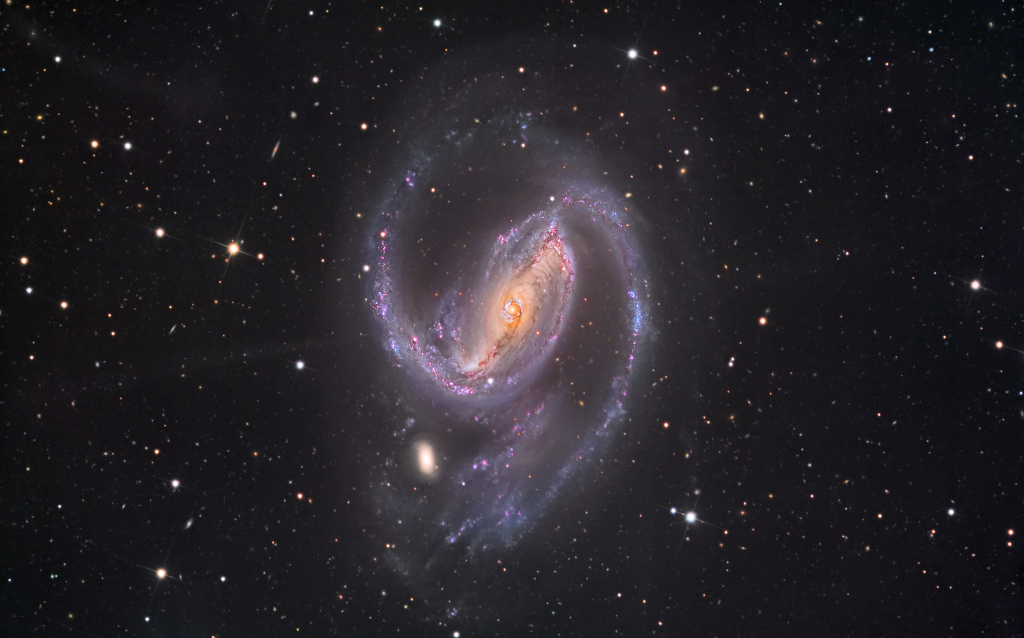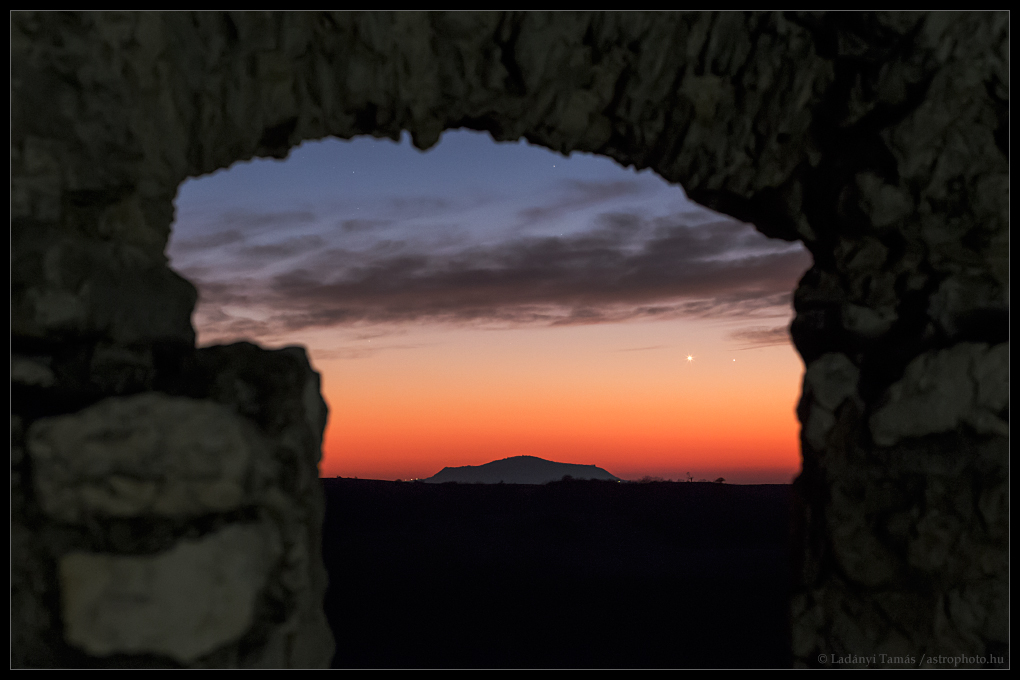Stefan Jen
Percival 7
Astronomy
6 January, 2015
Joseph
Lagrange Biography
Joseph
Louis Lagrange was born in Turin, Italy in 1736. He was very fortunate to be
born in a wealthy family, and initially never had an interest for mathematics.
Although his father wanted him to be a lawyer, Lagrange was later attracted (17
years old) to mathematics and astronomy after reading memoir by the
astronomer Halley . At age 17 he began to study mathematics on his own and by
age 19 was appointed to a professorship at the Royal Artillery School in Turin,
he was a prodigy Lagrange even sent Euler, one of the most prolific mathematicians that
had ever lived, a better solution he had discovered for deriving
the central equation in the calculus of variations. Lagrange
even managed to point out errors made by Newton and also discussed
theories on the recurring series, dynamics, integral calculus His
discoveries were so monumental that by the age of 25 he was regarded as one of
the greatest living mathematicians, at his time. Not only being a profound
mathematician he was also an amazing astronomer. In 1766 his passion to
understand the solar system, got him to discover many solutions which came to
be known as the Lagrangian points. Which of course, are the five
points where a small object affected only by gravity can maintain a stable
orbital configuration with respect to two larger objects. After many of
published papers and discussions, King Frederick of Prussia persuaded Lagrange to
reside at his court ‘as the greatest mathematician in Europe’. Here, he
would be able to work till his heart desired. At the king's court he was able
to produce his most profound work of his life "Mecanique Analytique".
Life started to get back on track in 1794 when Lagrange was appointed professor
at the ‘Ecole Polytechnique’ where he was admired and venerated by his pupils. Towards the end of 1795, Lagrange and a few
others went on to establish the ‘Bureau des Longitudes’ that was founded for
the purpose astronomical observation and standardtime keeping. He was then later given
the honor of the ‘Mathematical chair’ at the new institution called ‘Ecole
Normale’. After much research, Lagrange’s theory on the decimal subdivision was
finally accepted by the French commission in 1799. Joseph Louis Lagrange
died on April 10 1813, in Paris just a week after he was awarded the ‘Grande Croix’. He left
behind so great of a legacy his work would later help contribute to the
subjects of mathematics and astronomy. Paving way for popular students, such as
Giovanni Plana, Simeon Poisson and Joseph Fourier, who carried his epic works into the
next generation. He name was soo great, that his name would later be one of the
72 names engraved on the Eiffel Tower.
Works Cited:
"Joseph-Louis Lagrange." Joseph-Louis Lagrange. N.p., n.d. Web. 07 Jan. 2015.
"Joseph Louis Lagrange Biography." – Childhood, Life And Timeline. N.p., n.d. Web. 07 Jan. 2015.
Lagrange, Lectures on Elementary Mathematics, The OPEN Court Publishing Company, Chicago, 1898, (translated by Thomas J. Mccormack)
Court Publishing Company, Chicago, 1898, (translated by Thomas J. Mccormack)
Lagrange, Lettres Inedites de Joseph-Louis Lagrange a Leonard Euler, B. Boncompagni, St. Petesburg, 1877.


